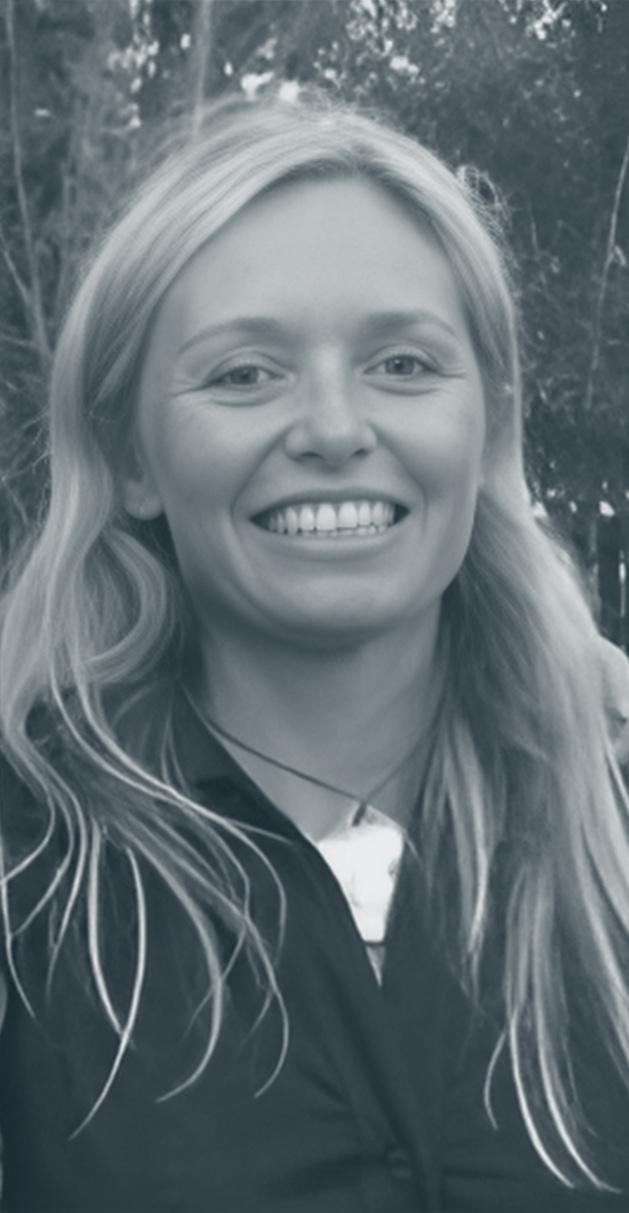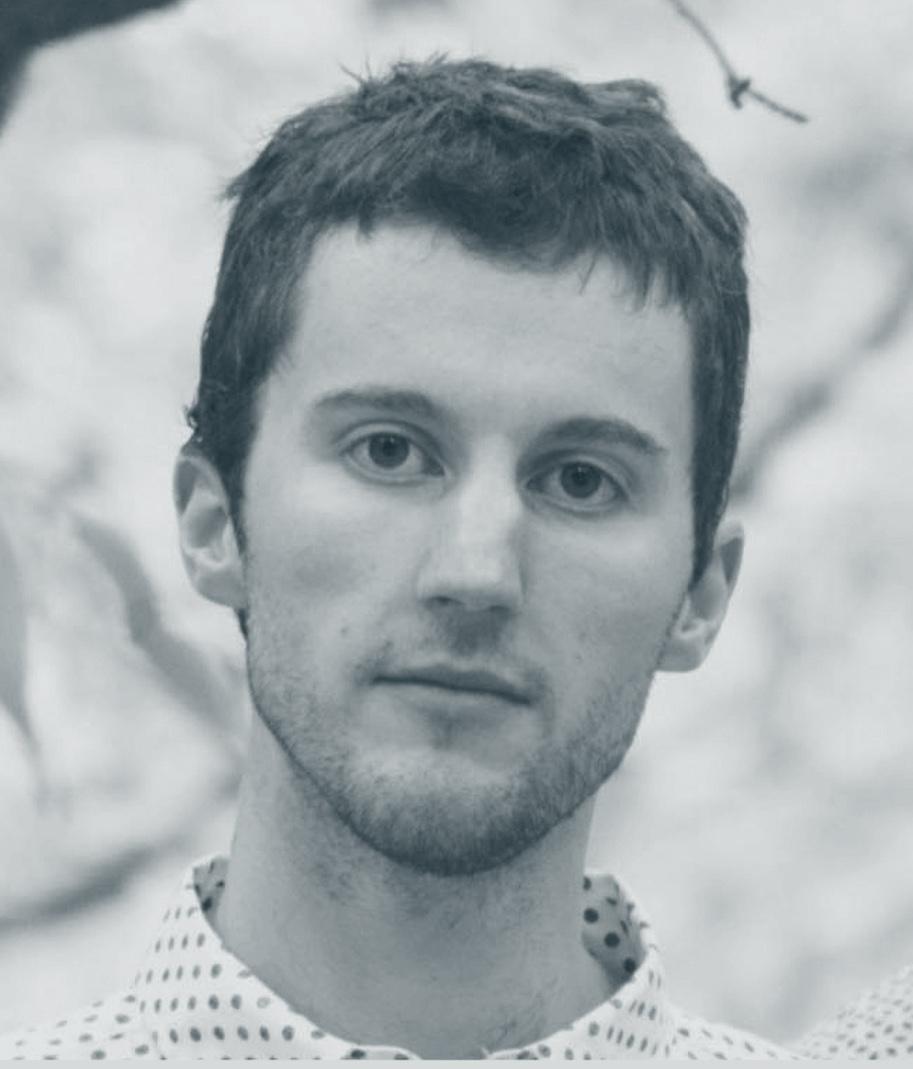Future-Focused Forestry
The Forestry Catchment Planner (FCP) is a web application designed to visualise anticipated forestry harvesting cycles and start conversations around the impacts of plantation forestry.




Introduction
Erosion in New Zealand's Forested Landscapes
Historically, plantation forests were planted in steep, erosion prone land as a mechanism to reduce erosion and sedimentation. These forests became an effective solution to erosion and for this reason are valued at nearly $1 billion per year.

History
Plantation forests significantly reduce landslides and erosion — compared to bare pasture — due to their thick roots and leafy canopies. The tree roots reinforce the soil and the tree canopy has an umbrella effect that slows rainfall, which keeps soils drier and stronger.
However, plantation forests in New Zealand are usually clear-felled at maturity, typically between 25 and 30 years of age. This timing can differ depending on the local climate, soil types, topography and other factors.

Impacts
After harvesting is finished, it creates what is known in the industry as a “window of vulnerability” for about 5 years until the new crop establishes itself. During this period, the risk of erosion is much greater and landslides can move woody debris downslope.
Debris flows occur when heavy rainfall causes landslides to deliver large quantities of sediment to stream channels in a short period of time. The combination of landslides and debris flows becomes a significant contributor to erosion and sediment downstream. This has impacts on our environment, our economy, our infrastructure and our communities.
Context
Data Driven Conversations Around Forestry Harvesting
The Forestry Catchment Planner is kindly funded by The National Science Challenge Our Land and Water. The project aims to create an intuitive, publicly accessible, and data-driven system to encourage conversations about the management of plantation forestry harvesting cycles — intergenerationally — at a catchment scale.

Collaboration
In the past a lot of this data was difficult to obtain and was either incomplete or inconsistent between regions. For the first time ever, councils, iwi, hapu, forestry management companies and members of the public can have meaningful conversations about land management in relation to forestry harvesting cycles across multiple regions, catchments and time spans.
The collaborative approach undertaken in building the Forestry Catchment Planner ensures that environmental and cultural values are upheld, and sustainable and resilient land management practices are promoted for future generations.

Proactivity
This project aims to provide data to a broad audience so that they can engage in conversations about where and when forest harvesting takes place. By providing access to an intuitive tool to identify windows of vulnerability and visualise the potential for landslides, we hope to start important conversations about how we can manage forests proactively.
Science
Key Questions and Investigations
Forest Location and Age Classification
Where are the exotic forests located across Te Tauihu, Te Matau-a-Māui, and Tairāwhiti, and can we use their age to determine maturing forests?
Visualizing Clearfell Harvesting Regions
What are the current threats to these forests, and how can we identify the most important threats to inform management?
Landslide Vulnerability and Debris Flow Prediction
Can we identify areas approaching harvest and classify the vulnerability of the underlying land to landslides? Equally, can we predict the probability of debris flows in the context of large storm events?
Managing Intergenerational Risks in Forestry
How do we understand and manage the intergenerational risks arising from the overlap of forestry harvesting cycles and extreme weather events?
Empowering Tangata Whenua
What measures can empower tangata whenua to protect cultural heritage while promoting holistic land use thinking and proactive catchment planning?
Features
Visualising Forestry Harvesting Cycles
Forest Stands and the Window of Vulnerability
View where forestry harvesting is anticipated to take place and use interactivity and animations to show where it will be happening in years to come across the 5 key regions.
Landslide and Debris Flow Modelling
View different gradings of landslide susceptibility modelling and debris flow modelling across different Catchment Management Units.
Infrastructure
View national infrastructure such as powerlines, roads and rail by toggling on the infrastructure layers and get metrics for infrastructure within a Catchment Management Unit by selecting one on the map.
Māori Land Features
View any Mārae and Māori land blocks nearby to understand cultural associations.








Forest Stands and the Window of Vulnerability
View where forestry harvesting is anticipated to take place and use interactivity and animations to show where it will be happening in years to come across the 5 key regions.


Landslide and Debris Flow Modelling
View different gradings of landslide susceptibility modelling and debris flow modelling across different Catchment Management Units.


Infrastructure
View national infrastructure such as powerlines, roads and rail by toggling on the infrastructure layers and get metrics for infrastructure within a Catchment Management Unit by selecting one on the map.


Māori Land Features
View any Mārae and Māori land blocks nearby to understand cultural associations.


Targeted areas of interest
Regions
The Forestry Catchment Planner initially focuses on five targeted regions Te Tauihu (Tasman, Nelson, Marlborough) Te Matau-a-Māui (Hawkes Bay), and Tairāwhiti (Gisborne), with the goal of expanding deployment throughout Aotearoa.
This project will make currently inaccessible data and information available, enabling the forestry sector to demonstrate progressive and proactive catchment planning to regulators, empowering tangata whenua to protect cultural heritage, and encouraging other land users to adopt a holistic approach to land management.

Individuals behind the Forestry Catchment Planner
Team Members

Brenda Rosser
Geomorphologist
GNS Science

Mark Bloomberg
Adjunct Senior Fellow
Te Kura Ngahere New Zealand School of Forestry, University of Canterbury

Andrew Holdaway
Geospatial Application Specialist
Indufor

Pete Watt
Head Of Resource Monitoring
Indufor

Blaine Western
Head of Design and Interaction
MapHQ

Henry Babbage
Design, Development and Communication
MapHQ

Rob Besaans
Project Governance
MapHQ

Mark Spencer
Project Manager
GeoInsight
Research contributors and collaborators
Partners
MapHQ
MapHQ manages the upkeep and future of the Forestry Catchment Planner, including implementing user driven tweaks to both the viusalisation and interface, ensuring a project that is kept alive and relevant for the future. MapHQ as a platform empowers users to transform geographic data into interactive, shareable maps and mapping applications through intuitive, customizable tools that require no coding expertise. Built by industry veterans, MapHQ simplifies map creation with intelligent defaults and customisations, advanced features like 3D exploration and custom layers, and precise data sharing for teams.


GeoInsight
GeoInsight was a geospatial software consultancy specialising in offering customised mapping solutions to help companies identify patterns, make informed decisions, and communicate better for a sustainable future.
Their role involved project management and coordination of work across all project work streams. Their key function in the project focused on geospatial data visualisation and communicating the complex science in an intuitive and user friendly manner.


GNS Science
GNS Science envisions a cleaner, safer, and more prosperous future for Aotearoa New Zealand by researching geological and Earth-system processes, increasing resilience to natural hazards and climate change, and driving sustainable economic growth in the energy sector.
Their role in the project was to calculate the Landslide susceptibility modelling using their internal Rainfall Induced Landslide Models, deriving Hillslope and Catchment Management Units from available watershed data sources and calculating the Melton Ratios for debris flow probability.


The University of Canterbury
The University of Canterbury (UC) is the only university in New Zealand offering professional forestry degree programs, with researchers working on industry-driven and academic projects in Forestry Science and Forest Engineering, fostering strong relationships with local forest organisations.
Their role in the project was to provide key insight into forestry contexts, guidance around the analysis, literature review and assistance throughout the Landslide and Melton ratio modelling.


Indufor
Indufor's resource monitoring team is part of Indufor Group, a leading forest sector consulting firm that provides high-quality analysis to forest growers, investors, and government agencies. The monitoring team specialises in creating insights from remote sensing technologies to enhance management and investment decisions.
Their role in the project was to calculate forest stand ages and map the spatial extent of the forest stands across Te Tauihu (Top of the South Island), Te Matau-a-Māui (Hawkes Bay), and Tairāwhiti (Gisborne).

